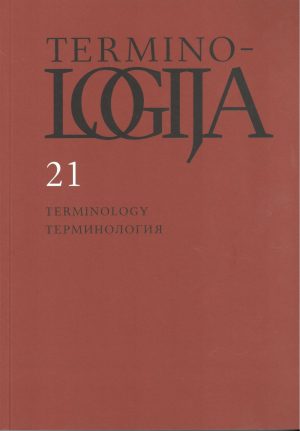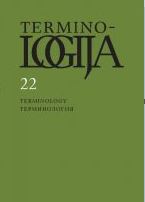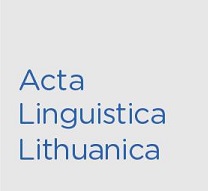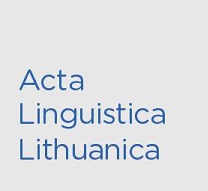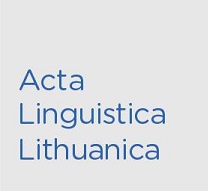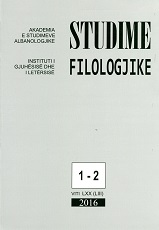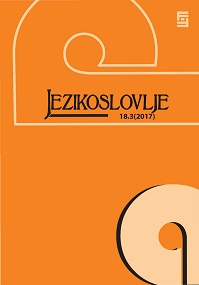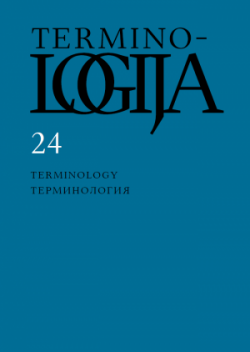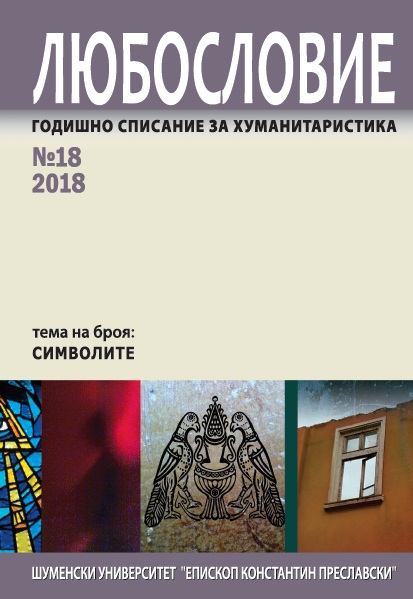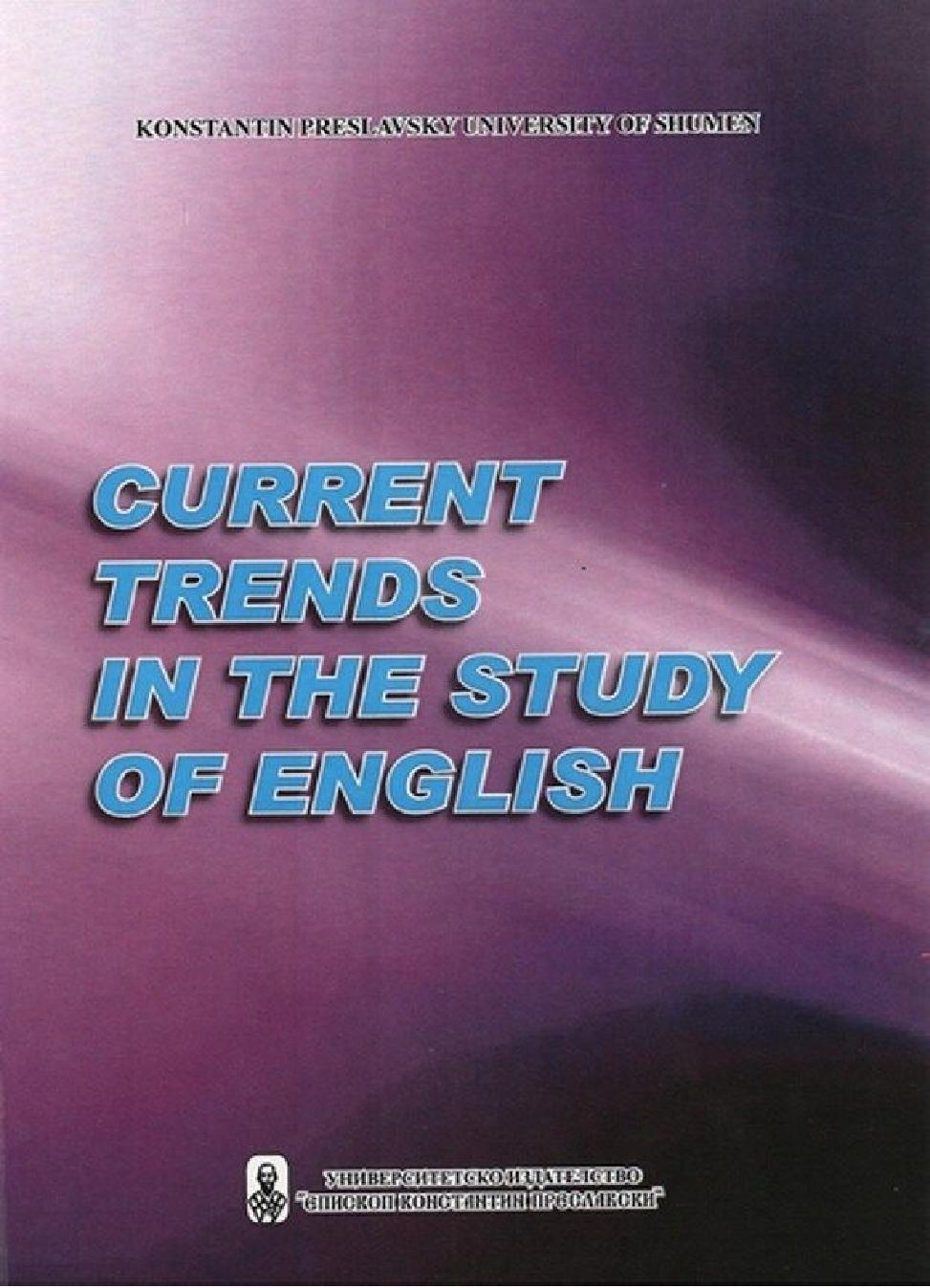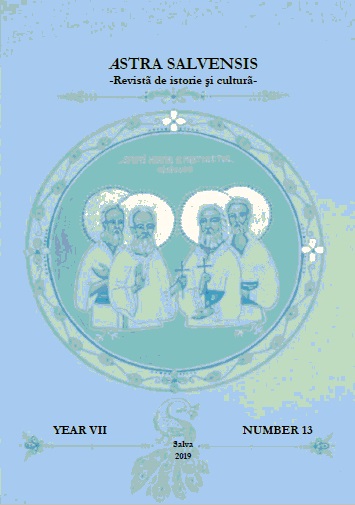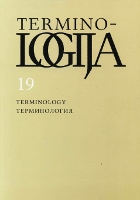
Metaforiniai ekonomikos terminai
The use of metaphorical terms in the terminology of a particular field of science is closely related to the research objects of that field. If concrete, tangible, frequently used or seen objects are being named, metaphorical nomination is based on the external similarity of objects; in this case a secondary nomination is quite common, for instance in terminology of building, engineering or biology. In economics there are not so many tangible objects, more often things related to various phenomena, actions, operations or relations are being named. Therefore metaphors are based on the similarity of functions and various associations; metaphors specific to particular authors are quite usual. On the whole metaphorical nomination is not very common in Lithuanian terminology of economics.
More...
